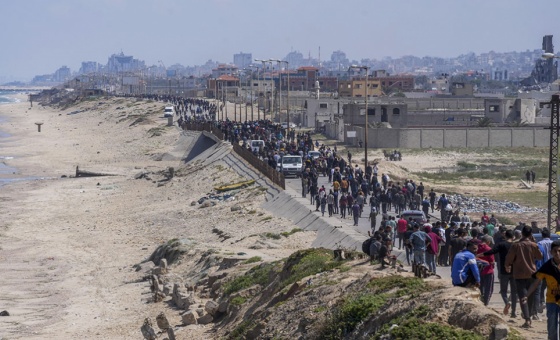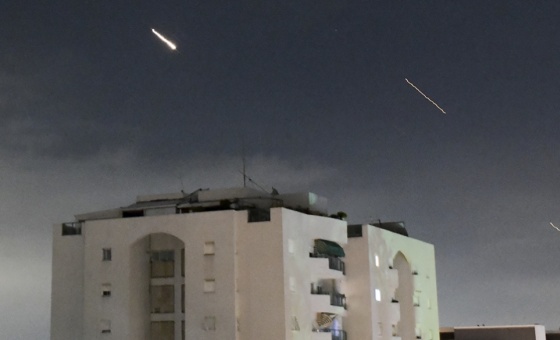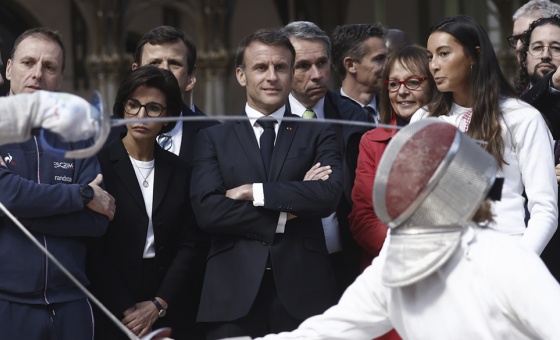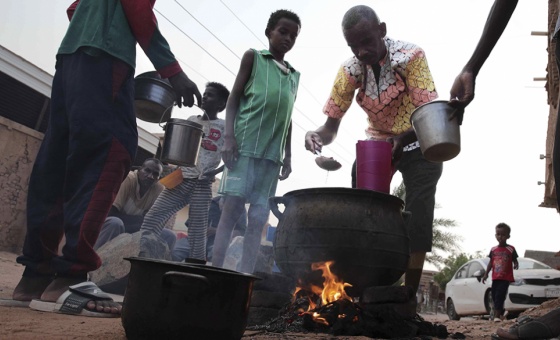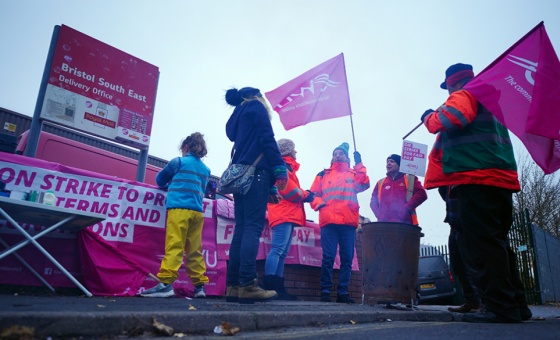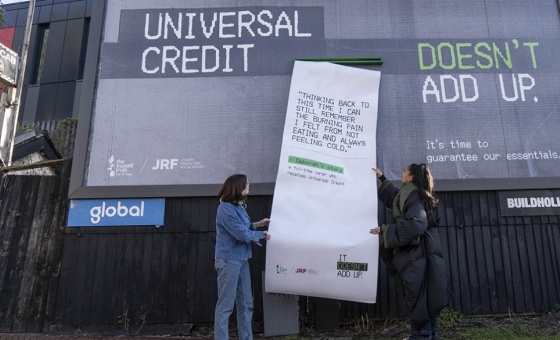×
This is the last article you can read this month
You can read more article this month
You can read more articles this month
Sorry your limit is up for this month
Reset on:
Please help support the Morning Star by subscribing here
NICOLA SEYD was 24 when she joined an international young people's brigade to Cuba in 1960 to work on an ambitious school building project.
The aim was the creation of a "school city" - an educational facility which would provide everything from nurseries to infant and primary schools, high schools and later technical colleges and a university.
There was to be education for all where practically none had previously existed.
It was intended to serve villages and towns in and around the Sierra Maestra mountains in south-east Cuba.
"It was 18 months after the revolution, when the revolutionary government had launched its education programme," Seyd says.
She was a keen photographer, experimenting with colour. During the visit she took a remarkable series of photographs including some of Che Guevara, whom she met as he toured Cuba joining and encouraging work brigades and toiling with the volunteers.
Now 77, in November this year Seyd revisited School City as part of a tour with the Cuba Solidarity Campaign (CSC) - and found herself greeted by staff and students as a hero of the revolution.
A school choir serenaded her with a rendition of Comandante Che Guevara, Cuba's most popular revolutionary song. It was a moving welcome.
Seyd's 1960 visit to Cuba was organised by the World Federation of Democratic Youth and Cuba's revolutionary youth organisation. They were jointly establishing an international brigade to help build the School City education centre.
"There were people from France, Italy, Germany and most of the rest of Europe, from China and north Africa, Jamaica, and practically every Latin American country," she recalls.
"The biggest delegations were from France and Italy. They both had 15 delegates."
With her on the British delegation was her younger brother Kit, then aged 20.
"We were contacted only a week before we were to travel. We were told we had to get to Madrid.
"We had rail tickets which meant changing in Paris, from Paris to the Spanish border, and from there to Madrid by train and boat. We flew to Havana on Bristol Britannias of Cubana Airlines."
Then there was the journey south and east through Cuba to the foothills of the Sierra Maestra.
"When we got there it was a building site. We joined local workers and soldiers to build schools," Seyd tells me. "Some of the buildings had been built but plans had to arrive for the next stage. While we were waiting we laid grass or went on trips."
She also put her camera to good use. The photographs she produced included the arrival of Che Guevara and his involvement in the work. Instead of a rifle his "weapon" was a wheelbarrow.
In 1990 she made a return visit to the education centre 30 years after she had played a part in its beginnings. It had expanded into the School City envisaged in 1960.
The visit was during Cuba's "special period," when it had lost 85 per cent of its trade through the decline and destruction of the Soviet Union.
Food was in short supply, but a meal was found for her and her companions.
"I was warmly welcomed by the principal. They knew Che had visited the site once, but didn't know about the visit he made during which I met him," she said. "They were very pleased to hear about the visit. I showed them the photos."
On her visit in November this year she found that School City had expanded further. It is the hub for 102 schools, many serving the villages of the Sierra Maestra mountains.
On the main site there are day-care centres for infants and babies, including those whose parents are staff. There's a school for youngsters who have disabilities.
There are primary and high schools, five boarding schools, two technical colleges, and now a university. The site has 2,600 students.
Education follows Marxist principles. Scholarly work and study in the mornings is followed by practical application in the afternoon, including planting seeds to grow food.
There are monuments marking visits by Che and Fidel Castro, and two halls of history.
Visiting one of the halls during the visit a senior staff member explained exhibits on display until he and Seyd came to a series of photographs of the early construction work.
"They were my photographs," she says. "I must have presented them when I visited in 1990."
The visit to School City ended as warmly as it had begun, with staff and children waving farewell.
Seyd returned to join her CSC companions whose day had been spent hiking up a rugged track which led to the guerilla headquarters in the Sierra Maestra where Fidel Castro and his comrades had laid the detailed plans for the Cuban revolution.
The CSC tour was entitled "Following Fidel" and involved visits to sites of historic importance to the Cuban revolution. In addition to the trek to Fidel's headquarters the itinerary included Moncado Barracks in Santiago de Cuba and the farmhouse where the attack on the barracks was planned in 1953.
There was the home where Castro was born, and the Bay of Pigs where US-backed mercenaries were soundly defeated when they staged an attempted invasion in 1961.
The tour is likely to be repeated late in 2014 and other tours are planned. Contact [email protected] for more details.
Nicola Seyd has turned her historic photographs into a DVD presentation to accompany a talk she gives about her 1960 visit. They include rare colour pictures of Che Guevara.

